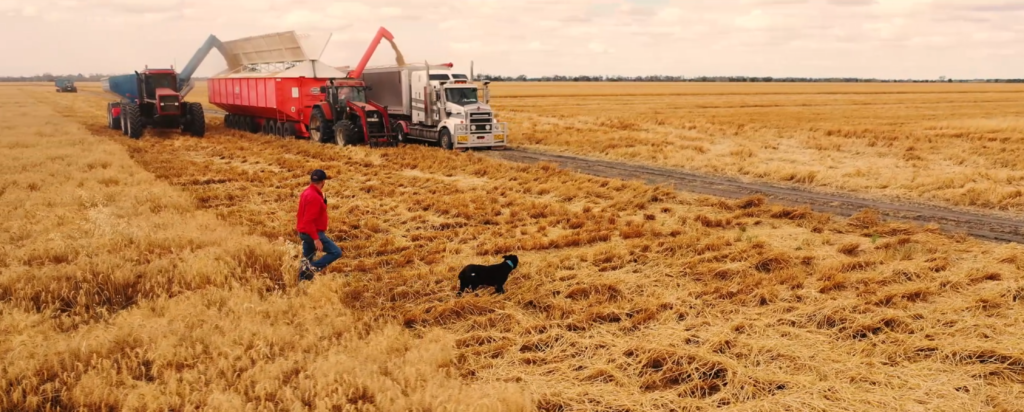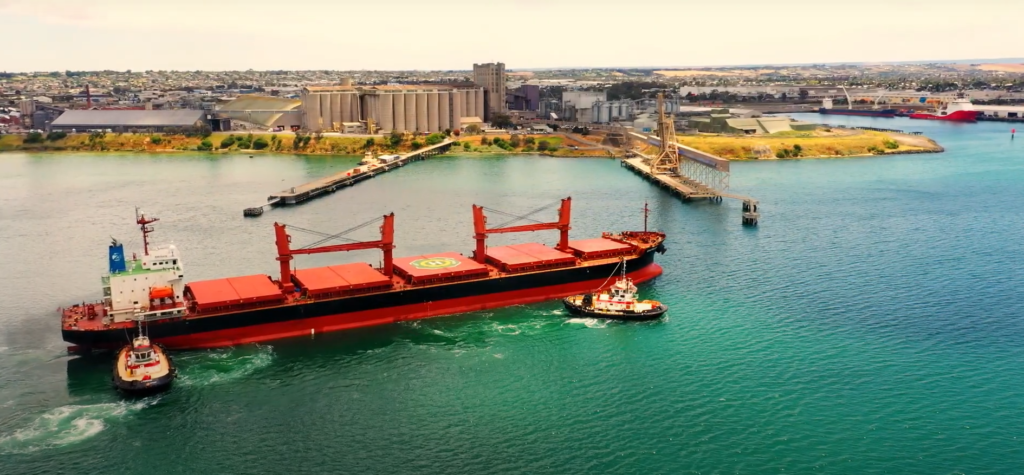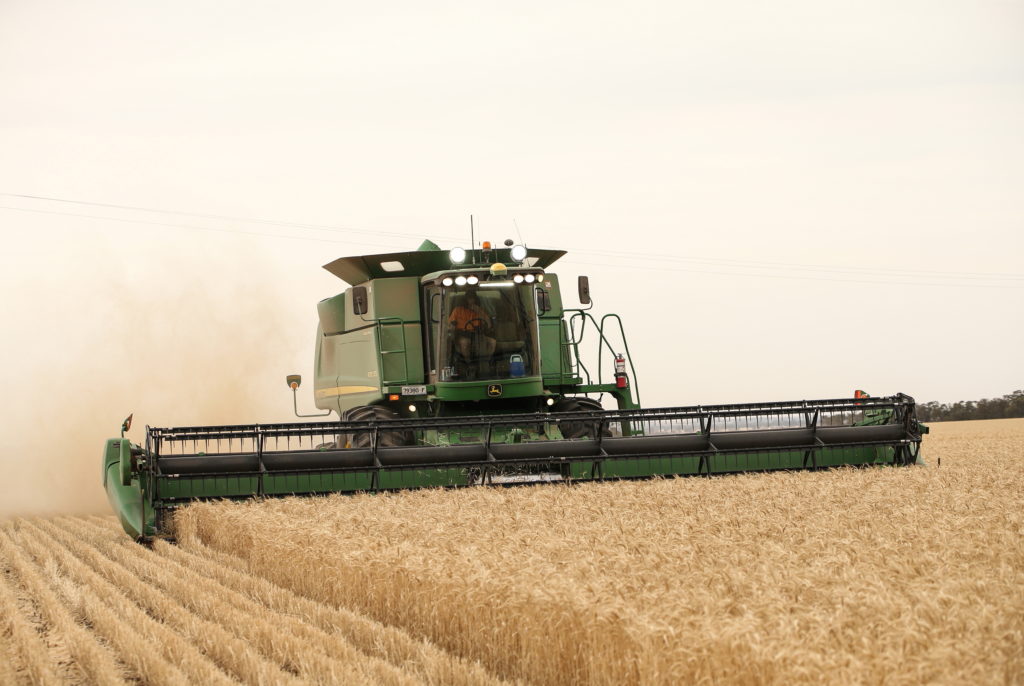Nothing – but nothing – beats a rail connection for moving large quantities of grain.
Whether it’s hauling almost 3000 tonnes from delivery site to port for export or shifting stock from regional storage sites to the local flour mill, trains get the job done quickly and efficiently.
“The rail network allows us to efficiently and cost-effectively move grain, and considering the large volumes of produce we transport, no other means of transport comes close in terms of carrying capacity,” says GrainCorp Rail and Commercial Contracts Manager, Alex Donnelly.
“Rail infrastructure into ports and domestic holding and distribution facilities is proven and well established throughout the country.”
Most of our trains run with a 40-wagon ‘rake’ – the formation of wagons sitting behind the locomotive – allowing them to carry anywhere from 1950 tonnes to 2880.
The final mass varies depending on the produce; low density canola, for example, is much lighter than high protein milling wheat.
Most trains are driven by a pair of diesel-electric locomotives, each producing around 3000 horsepower (or 4.5 megawatts total in metric).
Train hauling capacity is always limited to the steepest hill on the route.
When the hill’s too tough for the standard locomotives, the train is ‘banked’ – pushed over the hill by another set of locomotives.
Moving such large volumes quickly doesn’t just depend on train capability – it also asks for highly efficient loading and unloading capabilities.
“Our fastest loading site is in Temora, NSW, an hour north of Wagga Wagga,” says Alex.
“It’s able to load trains at a rate of 2500 tonnes per hour for wheat, but most sites operate within the 500-1000 tonnes per-hour range.”
“Port Kembla is fastest for unloading, with a tipping capacity of 2400 tonnes per-hour for wheat, followed by Geelong at 2000.
“The speed depends on the commodity we’re moving.
“Higher density grains such as wheat are the fastest but some trains also have different grade splits on board, so it takes time to change bins when unloading.”
Maintaining delivered grain quality from up-country site all the way to port or final destination is challenging.
“Changing between different grades or commodities also requires belts to be cleaned before changeover to avoid mixing,” says Quality Services Manager, Pat O’Rourke.
“This is extremely important when moving from one grain type to another; mixing is a scenario that needs to be avoided at all costs.
“Attention to detail and monitoring processes at discharge sites are high, to ensure customers receive high-quality and uncontaminated grain.
“The quality assurance process includes the use of ‘inline samplers’ for testing at all ports, which take representative samples of the whole train when unloading – at least one sample is taken per wagon.
“The GrainCorp lab then analyses the result to create a quality sample of the overall train.”



